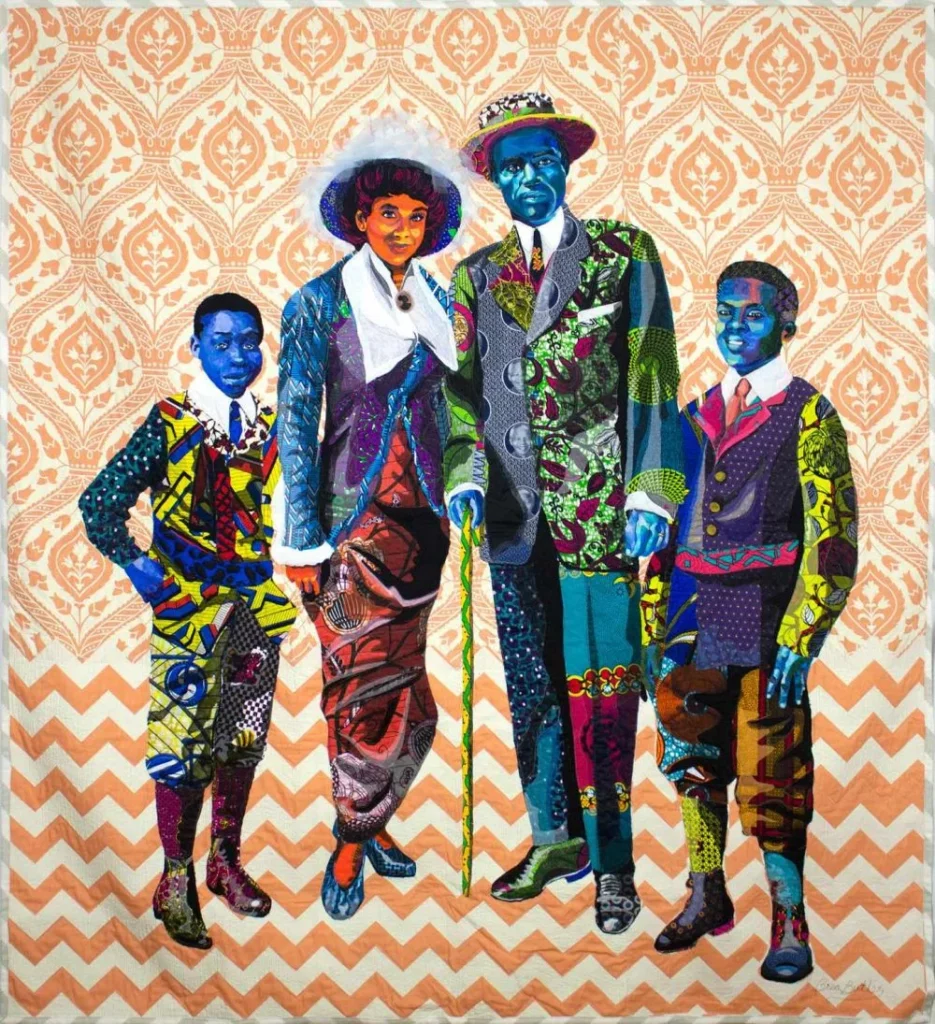The world faces pressing challenges like climate change, biodiversity loss, poverty, and conflict, underscoring the need for peaceful coexistence. Jeffrey Sachs critiques the arrogance of post-Cold War US dominance, which he argues has fueled costly wars and instability, contrasting it with the wisdom of ancient civilizations, particularly Confucian principles of reciprocity and mutual respect, including the maxim “Do not do to others what you do not want them to do.” These values align with China’s Five Principles of Peaceful Coexistence—mutual respect, non-aggression, non-interference, equality, and peaceful coexistence—offering a framework for global harmony. Both Confucius and Aristotle highlight the importance of virtue ethics and good character as essential for individuals and leaders. The Global Civilizations Initiative builds on this ancient wisdom, leveraging diverse cultural insights to promote shared human values, global peace, and sustainable development.
Further Perspectives:
- The video suggests that applying Confucian principles and other ancient philosophies can help address modern global issues.
- While ancient wisdom is presented as a valuable tool for fostering cooperation, it is not claimed to be a complete solution to all contemporary problems.
- The critique of Western dominance emphasizes that unilateral actions have led to negative consequences, advocating instead for approaches rooted in harmony and mutual respect.
Main Highlights:
- The need for peaceful coexistence in the face of global challenges.
- Critique of Western dominance and its negative consequences.
- Importance of Confucian principles and other ancient wisdom for fostering cooperation.
- Global Civilizations Initiative’s efforts to promote peace and sustainability.
- Value of ancient wisdom in addressing modern global issues.
Embracing the wisdom of ancient civilizations and principles like reciprocity, virtue ethics, and peaceful coexistence provides a guiding light in addressing global challenges. By fostering mutual respect, shared values, and collaboration through initiatives like the Global Civilizations Initiative, we can build a more harmonious, sustainable, and prosperous world for all.
Reference:https://www.joelwong.net/2024/09/28/a-pathway-to-peace-through-ancient-wisdom-jeffrey-sachs/


